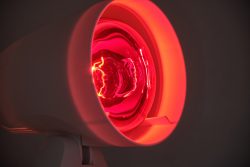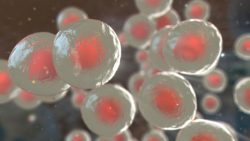 For many years, scientists have recognized the impact of light exposure on health. The type of light we encounter can influence our biological processes and, in turn, affect our well-being. For instance, the natural cycles of sunrise and sunset play crucial roles in regulating metabolism, hormone levels, and blood circulation. Moreover, there is a higher incidence of strokes and heart attacks in the early day compared to the evening.
For many years, scientists have recognized the impact of light exposure on health. The type of light we encounter can influence our biological processes and, in turn, affect our well-being. For instance, the natural cycles of sunrise and sunset play crucial roles in regulating metabolism, hormone levels, and blood circulation. Moreover, there is a higher incidence of strokes and heart attacks in the early day compared to the evening.
A study was conducted to explore the potential effects of lighting on blood clots, which are often precursors to serious conditions like heart attacks and strokes. The research revealed that exposure to long-wavelength red light resulted in reduced rates of blood clotting in both mice and humans, potentially lowering the risk of strokes, heart attacks, and lung damage.
The research was conducted by subjecting mice to 12 hours of either blue, red, or white light, followed by another 12 hours without light, over a three-day period. Subsequently, they assessed the frequency of blood clots in each group. The results indicated that mice under red light conditions experienced a significantly lower rate of blood clotting, up to five times less, compared to those under white or blue light conditions.
The researchers further examined data from over 10,000 patients who underwent cataract surgery and were fitted with either traditional lenses, which allow the full spectrum of visible light, or lenses that filter out about 50% of blue light. It was found that patients with cancer who were using lenses that filtered blue light had a lower chance of blood clots compared to those who received conventional lenses. This finding is particularly significant given that cancer patients are nine times more likely to develop blood clots than individuals without cancer.
The research team noted that exposure to red light correlated with reduced inflammation and a less active immune response. Additionally, mice exposed to red light showed heightened production of fatty acids, which in turn diminishes platelet activation. Given that platelets are critical for clot formation, this process naturally results in fewer clots.
Understanding the process by which red light reduces clotting risks could lead scientists to develop more effective and convenient treatments or medications for patients, potentially offering alternatives to continuous exposure to red light.
To view the original scientific study click below:
Alterations in visible light exposure modulate platelet function and regulate thrombus formation





